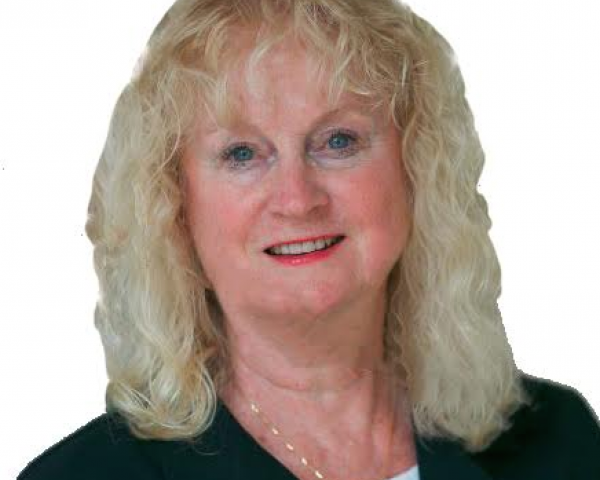According to the Grammarist.com, the phrase “caught between a rock and a hard place” came about in the early 1900s in Bisbee, AZ, where miners who were seeking better working conditions pushed the mine owners for improvements. The owners were totally against making any changes – leaving the miners with a very hard decision. Either work in deplorable conditions or be unemployed: a rock and a hard place.
So, what does this have to do with insurance? Over my insurance career, I have had several assignments in claims operations. A number of times, the “rock and a hard place” phrase has struck me as appropriate. I have met only a handful of claims people who lacked the fundamental desire to help people – it is usually part of the DNA of claims workers. Without it, claims is an almost impossible job to do! But, despite the desire to help, many claims folks have been stuck between the rocks and hard places of regulatory constraints, inflexible legacy systems, compliance requirements, and a seemingly perpetual cycle of reduced budgets. Until now.
Technology can soften up both the rock and the hard place. That is an easy sentence to write, but a hard one to implement. In a recently released SMA research report,
AI and Customer Experience: New Lenses for Claims Transformation, one of the key takeaways is to flip the lens so that claims procedures and business outcomes are viewed, not discretely from the internal, operational perspective, but rather from the outside/in perspective, which is the customer view. Opportunities to reduce cycle time, create transparency and personalization, and generate a better over-all claims experience can then emerge.
Technology is here today that can be part of customer-driven claims transformation. Not only are there solutions in the market from incumbent technology providers, but some insurtechs have targeted claims processes to deliver AI-driven capabilities such as:
- Automated damage assessment: These can be anything from photos and videos supplied by the claimant to images taken by drones. Applying AI then drives the assessment.
- Claimant interactions: Utilizing chatbots, FNOL/FROI can speed along, and routine questions can be answered.
- CAT planning and response: Aerial images, both pre- and post-catastrophe, can assist CAT teams with resource allocation and customer communications.
- Fraud detection: On the surface, this may appear to be an internal response. But from a customer experience perspective, identifying potential fraudsters lets those not in that category go more quickly through the settlement process, perhaps even with straight through processing, while the “bad guys” get the special treatment.
These are but a few of the solution areas where claims organizations can utilize AI-powered technology to improve customer experience, as identified in the
SMA claims research report. The important thing to recognize is that all of these applications also improve internal operations, not the least of which is taking routine tasks off claims personnel desks so they can focus on using their skills on complex claims, and situations where the customer wants – and needs – a human to help them.
See also: Future of Claims Intake for Insurance?
Claims organizations are innovating and using technology to change business processes and outcomes. But keeping the dual lens of outside/in and inside/out in alignment is critical. For me, this conjures up an image of rocks of decreasing sizes, interlaced with paths and roadways that customers can intuitively travel. Even in Bisbee, AZ.








